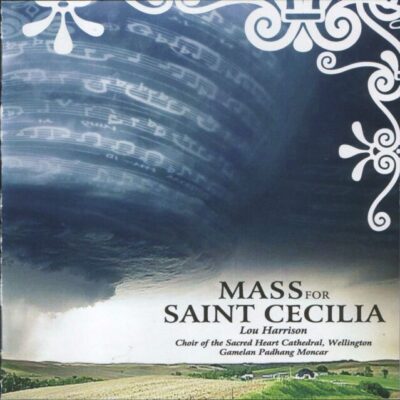Description
New Compositions for Gamelan (1996)
Our first CD, featuring works for Javanese gamelan by Gareth Farr, Mark Fletcher, Megan Collins, Judith Exley, Ross Carey, Diane Fairley, Michael Norris.
Performed by Gamelan Padhang Moncar with guest artists, the Victoria University Orchestra (conducted by Peter Walls) and pianist Dan Poynton.
Hear samples on the SOUNZ website.
The seven works were composed in 1994 and 1995. The fact that all the composers have played gamelan means that they have an understanding of how the instruments best sound. In some ways this knowledge can be an impediment, since one of the challenges for a Western composer writing for gamelan is how to create a personal, individual expression, and to escape the forms and structures of traditional gamelan music which are so strongly associated with the intsruments themselves. One obvious difficulty is with pitch. The gamelan ensemble normally comprises two sets of instruments, each set tuned to a discrete mode. Interestingly four of these works mix the two modes, slendro and pelog, to create a tonal ambiguity which makes the ensemble sound more Western than Asian.
Track Listing:
1. Tabuh Pacific - Gareth Farr (with the VUW Orchestra, conductor Peter Walls)
2. Music of Gamelan - Mark Fletcher
3. Imbal Imbalan - Megan Collins
4. March - Judith Exley
5-10. Procession - Ross Carey (with pianist Daniel Poynton)
- Procession
- Quartet
- Melody in Pelog and Slendro
- Pause
- Ave Maria (F. Liszt)
- Finale
11. Tatas Nembas Bawan - Di Fairly
12. Kreasi Baru - Michael Norris
Procession, a ritual-like composition by Ross Carey, approaches [the] question of intonation in a very interesting way. Of the six movements, only the first and last actually combine piano with gamelan. Here the two tuning systems simply co-exist, superimposed, so that one can savour how they diverge one from the other. In movements two, three, and five the gamelan plays alone, combining the pelog and slendro modes in various unusual ways. The fifth movement is particularly interesting; in a “re-composition” of an Ave Maria by Liszt, the upper instruments of the gamelan create a deliciously ambiguous triadic harmony. In the midst of these gamelan explorations the piano gives a solo statement in the fourth movement.
from liner notes by Jack Body




